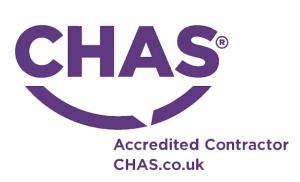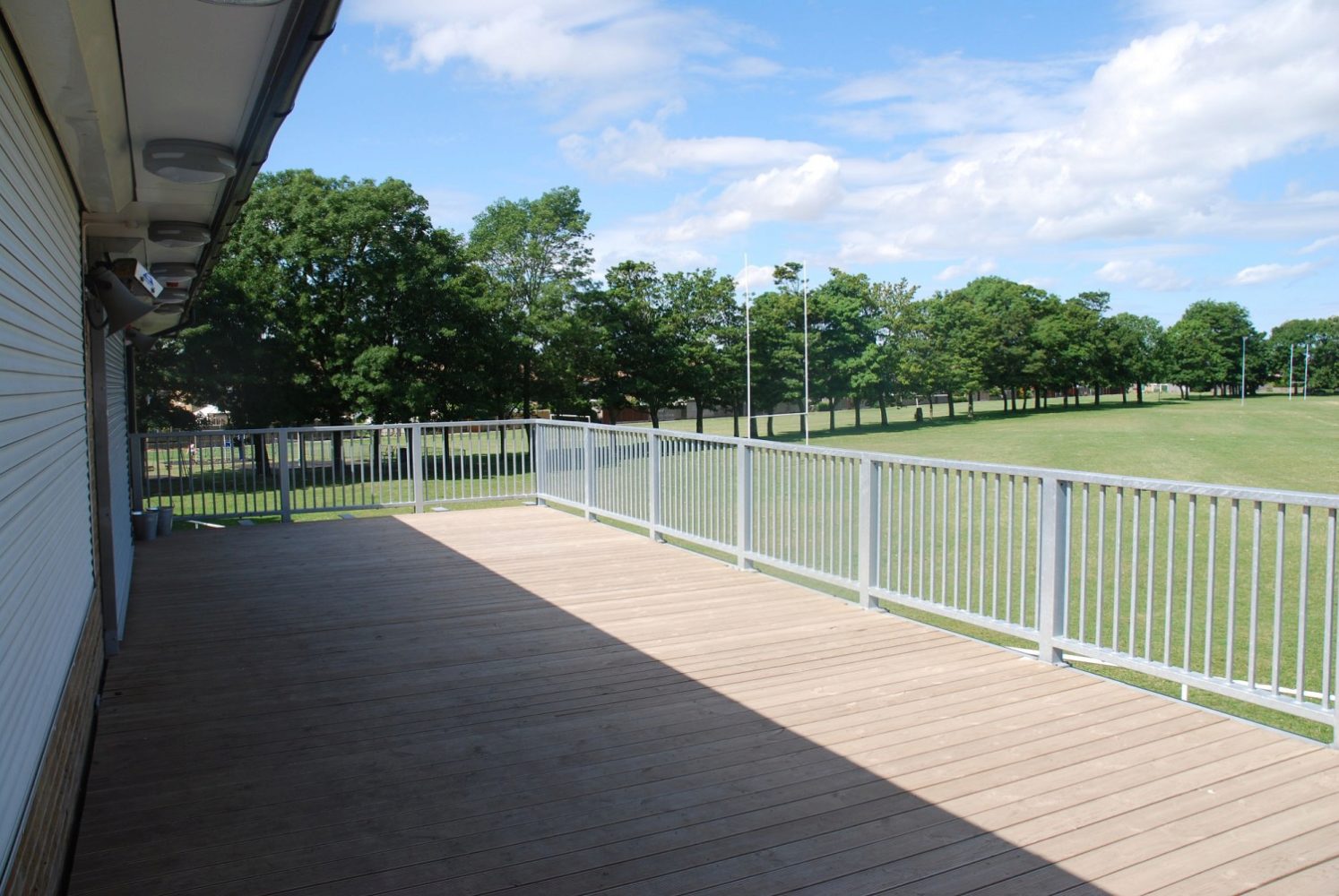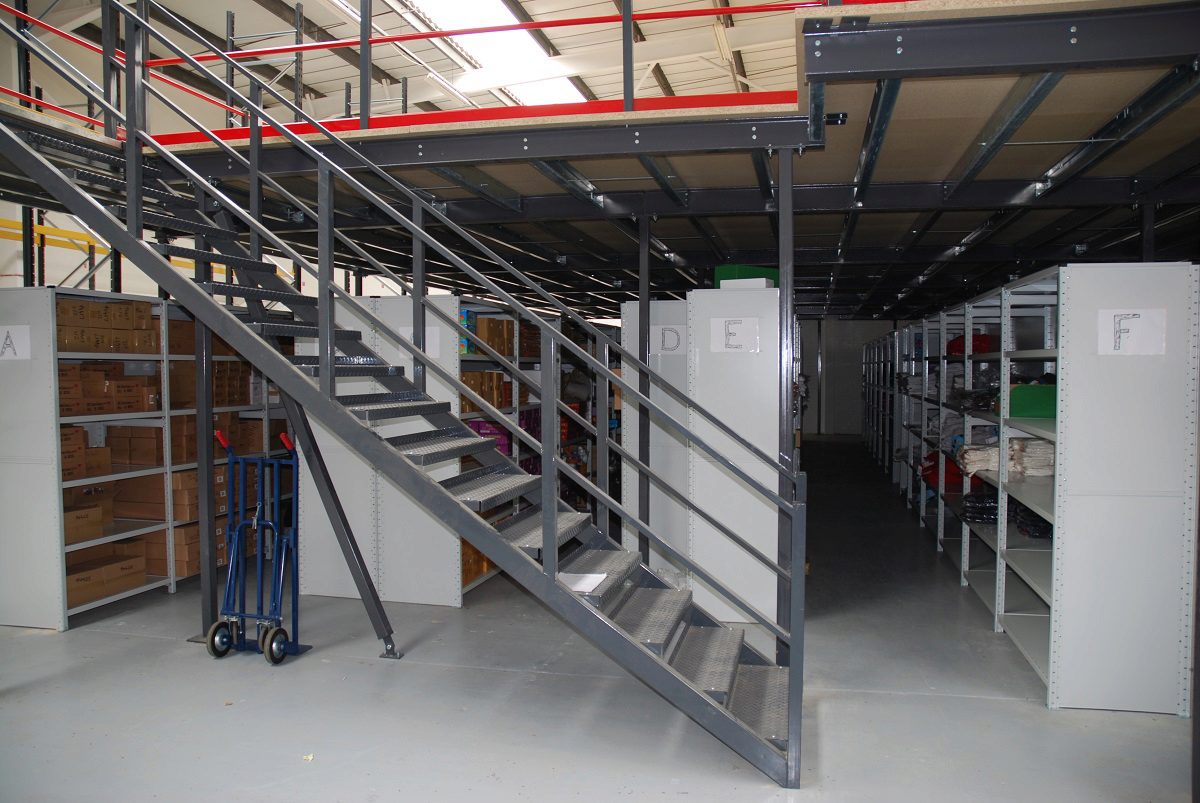For your information
You are being redirected to one of our divisional subsites which contains more detailed information on the required division. To navigate back to the main Invicta Group site, please click the link found in the footer at the bottom of the page.
- Systems
Systems
- Expertise
Expertise
-
Applications
- Archive Mezzanine Floors
- Art Gallery Mezzanine Floors
- Commercial Mezzanine Floors
- Data Centre Mezzanine Floors
- Factory Mezzanine Floors
- Laboratory Mezzanine Floors
- Mezzanine Floors For Manufacturer Storage
- Mezzanine Office Floors
- Outdoor Mezzanine Floors
- Production Mezzanine Floors
- Retail Mezzanine Floors
- Storage Mezzanine Floors
- Warehouse Mezzanine Floors
- Services
-
Applications
- Projects
- Insights
Insights
-
Articles
- How mezzanine floors can support seasonal sales
- What is a Structural Steel Mezzanine Floor?
- Are mezzanine floors rateable? What businesses need to know
- How to elevate your retail business with a mezzanine floor
- UK mezzanine floor regulations: everything you need to know
- How to operate mezzanine floors safely
- Frequently Asked Questions
- A to Z of Terms
-
Articles
- Contact
Contact

UK +44 1843 220 256

US +1 305 328 9444

UAE +971 4 277 6225

Qatar +974 4441 4340

India +91 79945 14049

Malaysia +60 16 286 6225
- Start your project
Exterior Stairs & Railings: The Pros, Cons & Practical Applications
29th August 2025
Quick Quote
Contact Mick Coyne
To get a quotation or arrange a free site survey - Call Mick Coyne on
-
 UK
UK
Current location:
Quick Quote
Contact Mick Coyne
-
 UK
UK
Current location:
In the grand scheme of commercial or industrial infrastructure, there are certain elements that are prone to blend into the background. The less interesting. The everyday. And what could be a more common-or-garden variety object than exterior stairs and railings? These unsung heroes of building access are used every day, sometimes multiple times a day, and are an absolutely crucial part of building safety, compliance and efficiency.
Far from being a mere afterthought, we decided to shine a light on why these seemingly simple structures deserve far more attention than they often receive—and how they may even be the key feature you need to improve the running of your location itself. Read on to find out why.
Why exterior stairs and railings are so much more than just a way in or out
Okay, we will admit that exterior staircases are not exactly the height of glamour. But they are not just the most convenient route from point A to B either. In many settings, properly designed and installed external staircases can elevate the running of operations, and are a fundamental part of safety and compliance when used in a workplace setting.
Whether used for rooftop access, fire safety exits, elevated loading bays or complimenting a newly installed mezzanine floor, they should not be overlooked or taken lightly. Neglect them at your peril: or risk a costly trip (sometimes literally) down the path of non-compliance.
The real-world benefits of getting exterior access right
Beyond simply ticking the box of providing primary or extra access, external staircases and professionally designed railings can deliver tangible benefits to your site.
Firstly, and perhaps most importantly, they will enhance safety. We are talking about more than just avoiding a nasty fall, although that is definitely a primary concern with any workplace that has multiple levels. It is about providing secure, reliable and well maintained pathways for routine and emergency operations.
Maintenance access and safe movement between the varying levels of your location is of the utmost importance, and sometimes this could mean having part (or all) of your stairs outside the building. This in itself can become a benefit. Effective external access can significantly improve operational efficiency, as it takes away clutter from inside the building itself, leaving you room for other things, such as storage and workspace. Smooth, unhindered access means that your team can go about their work in a safe way, whether that means performing equipment checks, moving stock and materials or responding to an urgent call.
The last, and more prosaic, of the benefits, is that of compliance – another glamorous subject. Ensuring regulatory parameters are met, can put your mind at ease, not just for the safety implications, but also the fines, legal action or even operational shut down, if they are not met.
The risks, regulations and what can go wrong
Installing stairs and railings externally isn’t inherently risky, but ignoring the specific needs of them is. If you do so, you are inviting a whole host of issues, both immediately and in the long term. Everything from minor inconveniences to serious accidents can occur, and the legal ramifications can be dire. Imagine the disruption of a staircase that is unusable because it has rained and you selected the wrong floor surface, or the reputational damage from an entirely avoidable workplace injury.
But there are issues after these too, ranging from financial penalties, increased insurance premiums, workforce strikes and even costly delays to your operations.
So yes, there are negatives to installing external staircases, but there are also solutions to many of them.
- Accelerated deterioration so extra maintenance required: proper weatherproofing
- Heightened Slip and trip hazards: anti slip treads & proper drainage.
- Security vulnerability: Proper doorway access options with security features.
- Thermal weakness & energy loss: thermal breaks & insulation for the building and door itself.
- May require planning permission: But without it, you may need to move premises. This is up to you.
Where exterior stairs and railings can make the biggest impact
The best thing about exterior stairs and railings is their sheer versatility. Due to the safety features needed, they tend to be made on a bespoke basis for their specific building, which means they can be created in a multitude of ways.
This is one of the reasons why they are so well used across a broad range of sectors and industries.
In commercial settings they are used more for staff entrances and essential fire escapes for multi storey buildings, as well as rooftop access for less used spaces.
For industrial facilities, their roles expand and can be used for so many different applications. From machinery platforms, to elevated walkways, gantries, plant access and the all important emergency exits.
This is about the absolute need for robust industrial staircases to reach silos, tanks, conveyor systems, vertical racking, or access points for multi-leveled mezzanine floors in warehouses: the potential for external staircases are endless. Every building, technically, could benefit from moving its staircase outside.
Even in hybrid environments, such as expansive distribution centres or mixed-use developments, creatively designed external access can often be the backbones of safe and efficient movement of both workers and materials.
What the rules say (and why they matter)
As with anything in an industrial environment, the UK is not short on guidelines for exterior stairs and railings. But don’t take the term guidelines to mean mere suggestion: they are in place to look out for your business and your workforce.
What rules are there?
- BS 5395 (Stairs, ladders and walkways), which covers the design of staircases, and Part K of the Building Regulations (Protection from falling, collision and impact), which provides practical guidance on safety around stairs and ramps.
- BS EN ISO 14122-3 (Safety of machinery & permanent means of access to machinery) Part 3: Stairs, stepladders and guard-rails) specifically addresses access to machinery, which is vital for many industrial applications.
In practical terms, these regulations dictate the specifics of various elements such as handrail height (typically between 900mm and 1100mm on stairs), the spacing of balustrades to prevent falls, and crucial slip resistance for treads, which can be especially important for anti-slip treads in our often-damp climate.
They also cover load capacity, ensuring the structure can safely bear the weight of users and any equipment, and naturally, fire escape functionality, detailing requirements for clear widths, non-combustible materials, and ease of use in an emergency. A reputable specialist will be able to talk you through the regulations that you need to be aware of, as well as providing advice on materials and design specifics for your stairs and railings.
Common missteps that cost time, money & safety
Misconception #1 – a stair is a stair, surely interior stairs are fine outdoors.
Oh, if only it was that simple. While a staircase designed for indoor use may appear sturdy enough, using one outside is akin to taking your favourite sofa into the garden during a storm and expecting it to remain undamaged.
Interior staircases are simply not created to withstand the relentlessly changeable English weather. Rain, frost, wind, UV rays, general dampness of a Tuesday afternoon: all of this works its hardest to degenerate the condition of anything you place outside.
Without proper galvanisation, specific coatings and robust weatherproofing, even the most hardy of stairs will deteriorate rapidly, with rust becoming a safety hazard, leading to premature replacement. It is a false economy in the purest form.
Misconception #2 – drainage is an optional extra, not an essential.
This one really has us scratching our heads, with many people thinking that it is used to make things look neater but not much else. This couldn’t be further from the truth. Skipping drainage isn’t just an oversight, it’s an open invitation to the worst kind of problems.
Without effective water runoff, you’re going to have paddling pool levels of water on every flat platform, rendering even the highest spec anti-slip treads ineffective. Plus, standing water will only accelerate corrosion, especially if left over a weekend as there is no one working to sweep it away. Add in freeze/thaw cycles and you’ve got structural damage to add into the mix. So, no, good drainage is not merely an aesthetic feature.
Misconception #3 – Corrosion is only an issue when you start to see it.
Everything returns to chaos, and exterior stairs and railings are no exception. The truth is, corrosion begins from the moment your metal is exposed to the elements. For the sake of saving a few pounds on weather proofing, you are holding yourself open to corrosion risks, due to your staircase from a once-safe access point into a dangerous liability, in a surprisingly short amount of time.
Unlike internal stairs, these are constantly battling moisture, oxygen and pollutants, along with the weather. If materials aren’t properly specified (such as hot-dip galvanised steel, marine-grade aluminium or anodised or powder coatings) then rust is not a distant threat, but a real-time reality.
Ready to talk specs, safety and steel?
Understanding the intricacies of exterior stairs and railings is about so much more than just avoiding common pitfalls, it is about optimising your operations and ensuring the well being of every person onsite. From the critical safety functions of safety handrails, to the robust engineering of industrial grade staircases, getting it right from the very beginning makes all the difference.
As specialists in creating efficient, safe spaces, including industry leading mezzanine floors, we understand the crucial role that well designed access can play in the success of both of these issues.
If you’re looking to upgrade your current stairs, or install something brand new that is fit for purpose, get in touch to talk specifics. We’ll dive into the nitty gritty details of what will work for your unique needs and location, ensuring that you have the best possible solution that is built on a groundwork of safety, longevity and peak performance, and which seamlessly integrates with your current setup.
Accreditations & Affiliations








Start your project
Tell us about your project. Please complete this form. One of our sales team will come back to you with more details. If you prefer, you can drop us an email.




Share/Like this page